
The race to get the coronavirus vaccine is on. More and more countries are mobilizing to deliver the inoculations. Yet the economy continues to struggle. It seems that the biggest drag—outside of supply—is turning out to be the hesitancy of certain sectors of society to come out of quarantine. In fact, according to a recent survey, only 30% of Filipinos are agreeable to get vaccinated.
We have to trade in our fear of the coronavirus for a heightened level of vigilance against infection. This is a critical step toward the revival of the economy and will result in a breakthrough with regard to our efforts to restore livelihoods.
Like any automobile, there comes a time when our fear of it breaking down causes us to use the vehicle less and less. That fear is probably born from increasingly more frequent failures. Even as we take it to the service shop to be tested more regularly, our fear is not dispelled. Eventually, that fear causes us to leave the car parked at home for longer periods, depriving us of the convenience of a personal ride. It is time to trade it in.
Next month, it is widely reported that the entire country will be put under Modified General Community Quarantine, which is more lax than GCQ. That would be meaningless, though, if the population does not respond in kind and start shedding their own quarantine bubbles. As it is, with the largely liberal rules under GCQ, there is still a noticeable hesitation in returning to the real world. People have to overcome their fear and cloak themselves in the relative security that compliance with health safety protocols provides.
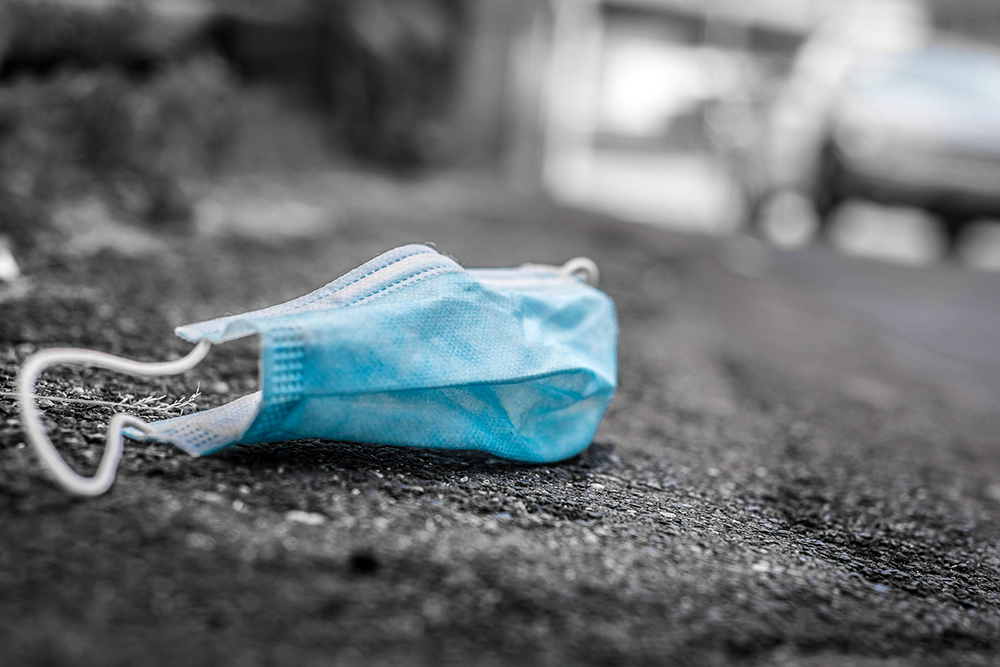
The government is ramping up its efforts in reigniting the economy after a 9% contraction last year. The International Monetary Fund projects the country’s GDP to grow by around 6% this year. It will be remembered, though, that a very significant percent of economic growth in the Philippines is driven by domestic consumption. Unless Filipinos return to their pre-pandemic consuming behavior, the desired spike in production and service sectors will be weighed down.
Reports have it that over a million Filipinos have yet to return to work. That is why the government is opening almost every sector of society and the economy. Most recently, even movie theaters and entertainment centers were allowed to reopen, albeit pushed back to March 1. There is a lot of discourse about the wisdom of reopening theaters. The government, however, is single-minded in bringing back employment in this sector that, at pre-pandemic levels, supposedly accounted for 300,000 jobs.
A concerted effort at restoring public transport to full capacity is also needed to enable a return of economic activity. Not too long ago, there was a big brouhaha about allowing trains to increase riding capacity to 70%. Right or wrong, the decision to revert to 50% capacity impeded return-to-work orders. If the government is successful in reinstating over a million more jobs, we will surely need to restore public-transport capacity, including buses plying provincial routes.
Modified General Community Quarantine would be meaningless if the population does not respond in kind and start shedding their own quarantine bubbles
The lack of adequate transport, however, has resulted in a move toward alternative transport modes. Most obvious among them is the significant increase in cyclists on the road. Some might argue that this is clear evidence of the shortage in transport. I won’t disagree. I hope, though, that the trend survives the pandemic and becomes one of the pillars of a better normal.
Hopefully, ride-sharing also returns in force. The health protocols instituted during the pandemic are, in fact, turning out to be very good for the riding public. Disinfecting, plastic partitions, and wearing of masks and shields are providing a seriously more hygienic transport experience. I hope this, too, survives the pandemic.
The automotive industry is silently trying to dig itself out of its own rut as a result of the 40% drop in the market last year. Easily, 400,000 to 500,000 jobs derive from the auto sector. Toyota alone claims 55,000 jobs in its entire supply chain. Unfortunately—but quite understandably—the government has not been able to lend much support to the automotive industry. Given all the social priorities of the state—and the limited funds in its coffers—promoting car sales may arguably appear displaced.
Given the absence of a safety net for the auto sector, it hurts even more then that the government decided to impose provisional safeguard duties on imported vehicles. Of course, the Department of Trade and Industry is obliged to respond to the appeal of the Philippine Metalworkers Alliance for safeguard protection. The timing, though, could have been better.
The Philippines badly needs its own economic vaccine. But it will take all of us to make this happen. Fear of the virus, no; vigilance, yes. Let’s do this.

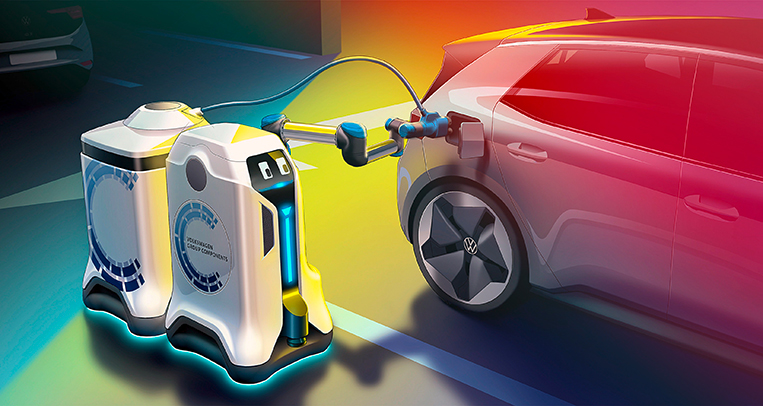
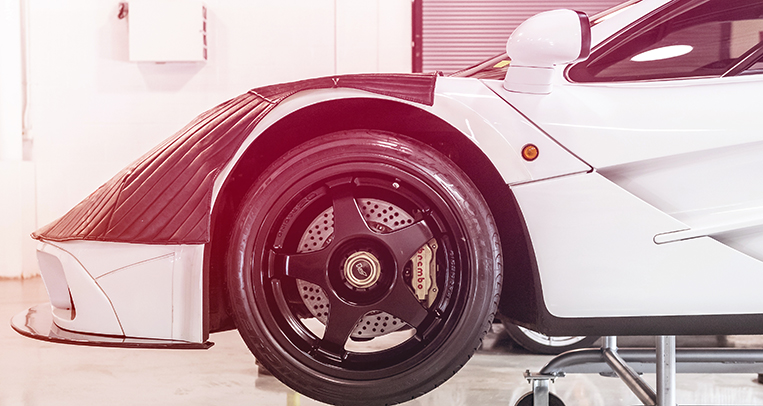
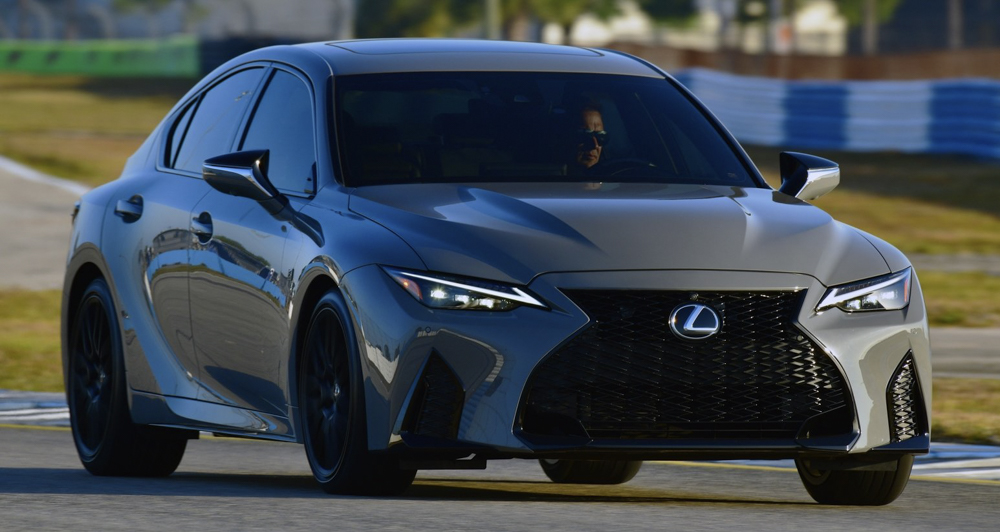

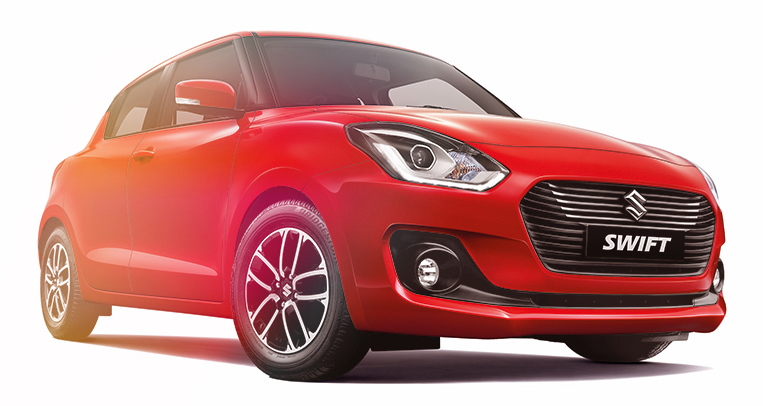





Comments